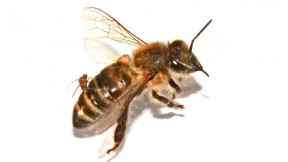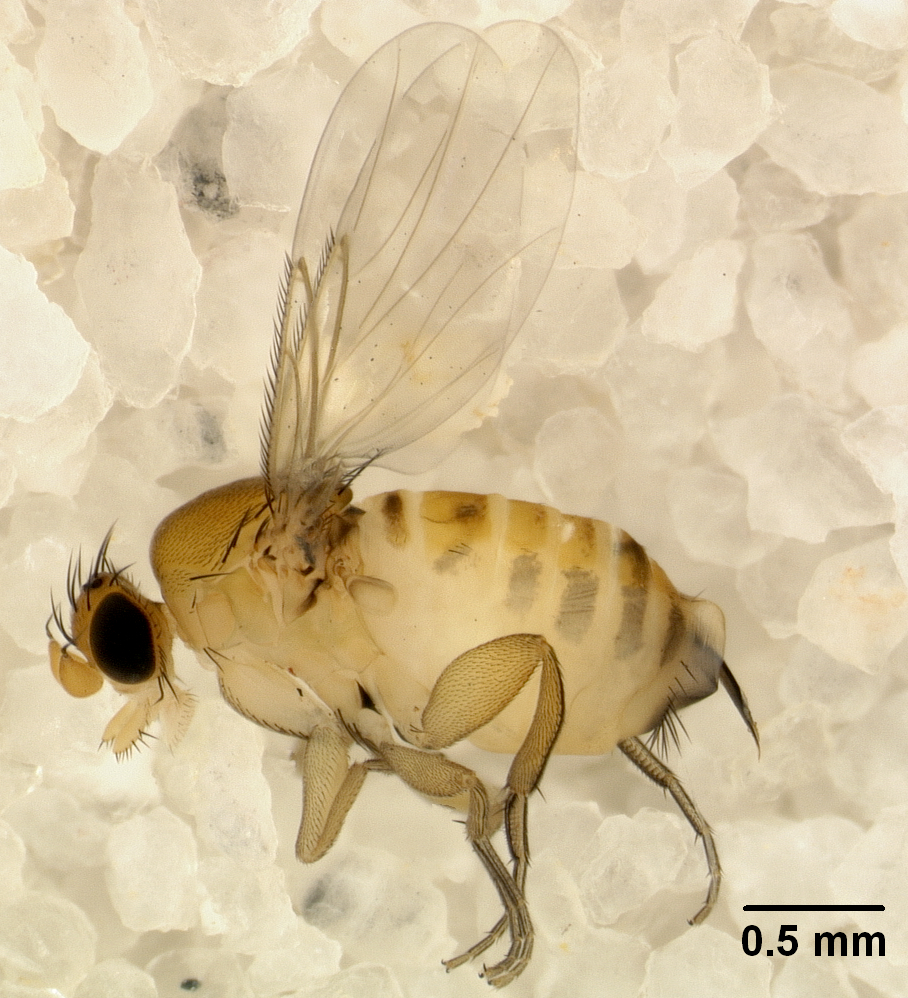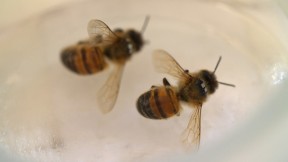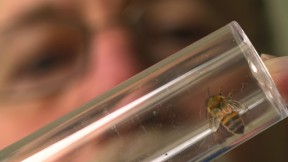Professor John Hafernik of San Francisco State University doesn’t leave home without an empty vial in his pocket. Entomology isn’t just a job; it’s a way of life, and Hafernik never knows when he’ll come across an interesting specimen during his daily travels. It was this personal habit that led to his accidental discovery that Bay Area bees were falling victim to an insidious insect, a parasitic fly that would come to be known as the “Zombie fly”.

In the school’s entomology museum, Hafernik lifts up a vial full of dead bees surrounded by tiny brown pupae. “This is the stuff of horror movies,” he said, “with maggots eating the insides out of these bees. Altering their behavior, perhaps, and causing their ultimate destruction.”
“I made this discovery entirely by accident, walking into the biology building on the San Francisco State campus one morning. I noticed that there were honey bees in front of the building that were on the ground, behaving strangely, walking around in circles.” Hafernik scooped up a few of the honeybees to feed a praying mantis that he was keeping in his office as a pet. “I put them on my desk and forgot about them. When I came back in a week or so and looked at it, that vial was filled with just a large number of these little brown fly pupae. And that’s when I knew that those bees were parasitized.”

Originally described in the boreal forests of Maine, this Phorid fly, Apocephalon borealis, is distributed over virtually all of the United States and Canada. “It’s a very small fly, smaller than a fruit fly. It’s the kind of fly that most people would not notice, even entomologists often don’t notice these flies,” said Hafernik. But despite their diminutive size, A. borealis can have a catastrophic effect on the host organisms that they parasitize. The female fly is equipped with a specialized ova-depositor, a needle-like stinger that she uses to inject her eggs into the abdomen of a hapless insect host. The eggs hatch and the juvenile larvae, or maggots, feed on their living host from the inside. At some point, the host insect dies and the larvae escape their host’s carcass, often through a weak spot in the neck, emerging like the monster in the movie “Alien.”
While this fly has traditionally made use of native bumblebees and paper wasps as hosts, it has begun making use of the European honeybee — a foreign species brought to California by ship. “My graduate students and I, Andy Core and Jonathan Ivers, have been sampling honey bee colonies in collaboration with bee keepers around the San Francisco Bay Area. And what we’ve found is that almost 80 percent of the hives that we’ve worked with are infected or have been infected by this fly. So it’s a very common phenomenon in this part of the world.”

